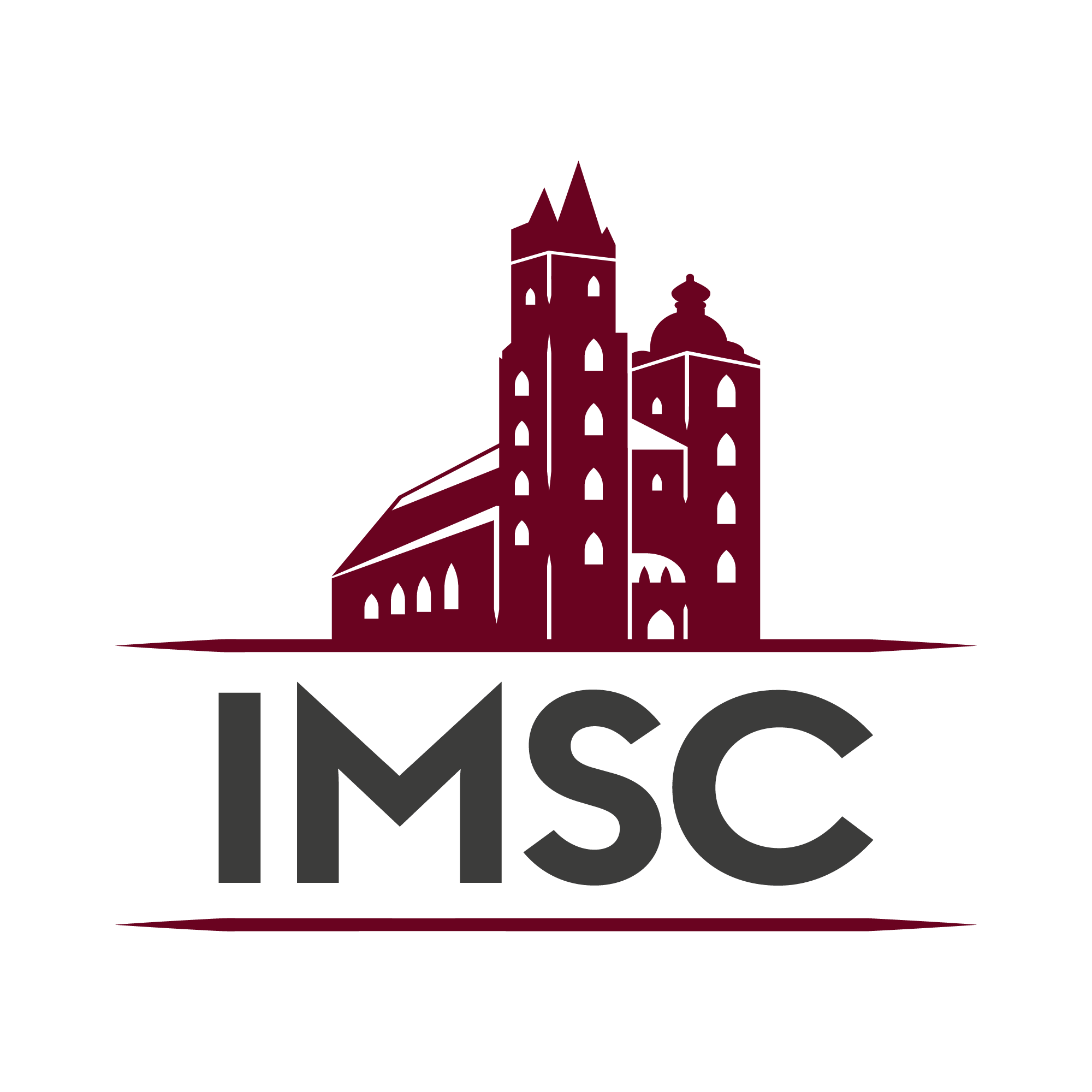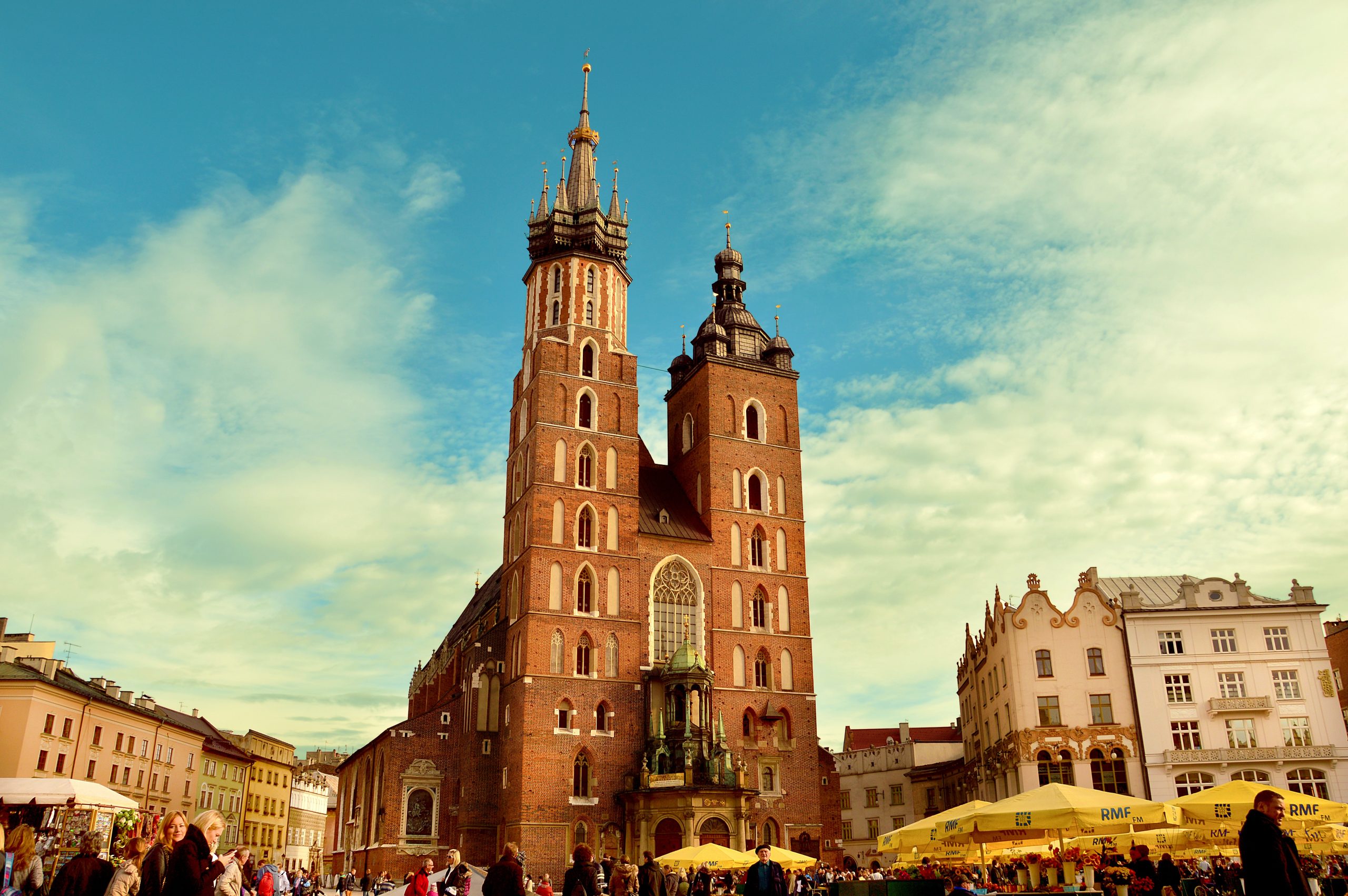
photo by Caio from Pexels
St. Mary's Basilica
Built in the 14th century Brick Gothic church is located at Grand Square is one of the most famous attractions of Kraków mostly because of the altarpiece by Veit Stoss.
Every day at every hour you can hear Hejnał mariacki – a traditional bugle call played on a trumpet from the top of the taller tower. The tune break is to commemorate a famous trumpeter who was shot in the throat while sounding the alarm before a Mongol attack.
The Kraków’s Barbican
One of the very few surviving structures of its kind in Europe, was built about 1498 based on Arabic rather than European defensive architecture. It is a moated cylindrical brick structure with an inner courtyard and seven turrets. Its 3-metre thick walls have 130 loopholes.
It was originally linked to the walls by a covered passage. On its eastern wall is a tablet commemorating the feat of the Krakow burgher, Marcin Oracewicz who, during the Confederation of Bar, defended the town against the Russians and shot the enemy colonel, Panin.
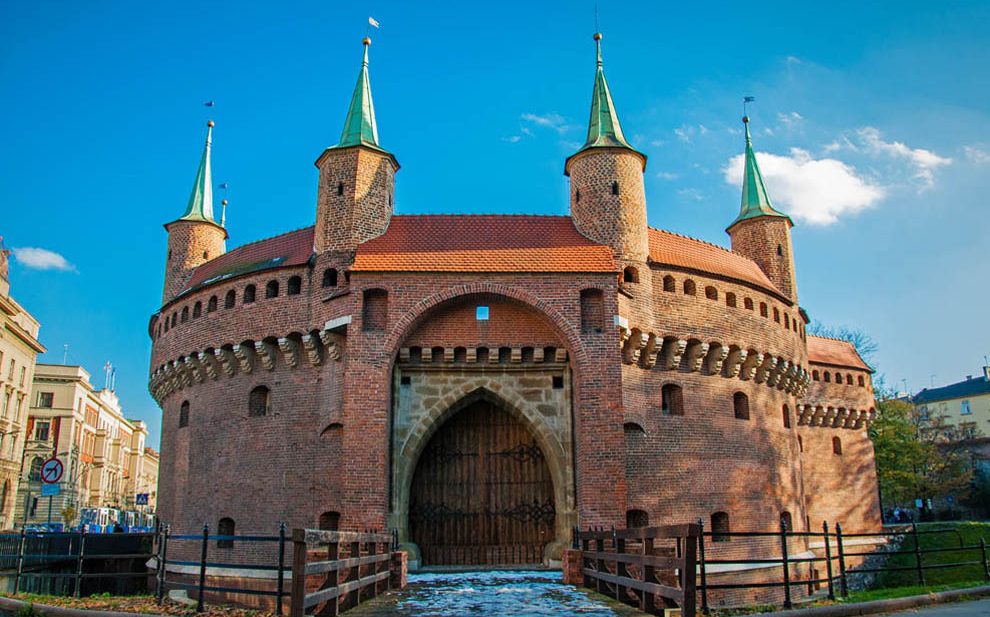
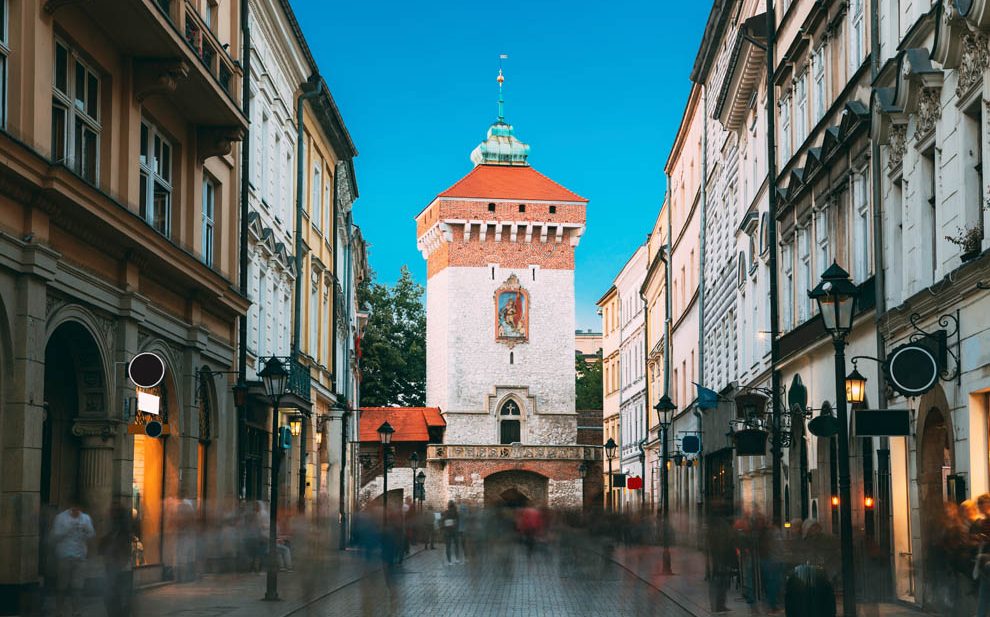
St. Florian's Gate and the Florianska street
The Brama Florianska gate, built about 1300 as a rectangular Gothic tower of wild stone, is 33.5 m tall. In the Middle Ages the Krakow furriers defended it. Its present baroque roof dates from 1694 and a big 16th-century bas-relief of St. Florian adorns the south wall.
The famed 19th-century painter Jan Matejko designed a stone eagle on the other side of the gate tower. At the Brama Florianska gate Krakow’s Royal Road begins. Here entered kings and princes, foreign envoys and guests of distinction, coronation processions and other parades, to move up the Florianska Street to the central Grand Square (Rynek Glowny), and further down the Grodzka Street to the Wawel Royal Castle.
The Wawel Royal Castle
Located in central Kraków castle residency was built at the behest of King Casimir III the Great constitutes the most historically and culturally significant site in the country. This wonderful complex consists of numerous buildings, for example, The Wawel Cathedral where Polish monarchs were crowned and buried. There is also an art museum established in 1930, where you can see the most important both cultural and historic riches of Poland’s past.
One of the most popular attractions is the cave lair of The Wawel Dragon. It was formed 12 million years ago and belongs to the west side of the castle. It refers to the folk tale of the origin of the city and its legendary founder – Prince Krak.
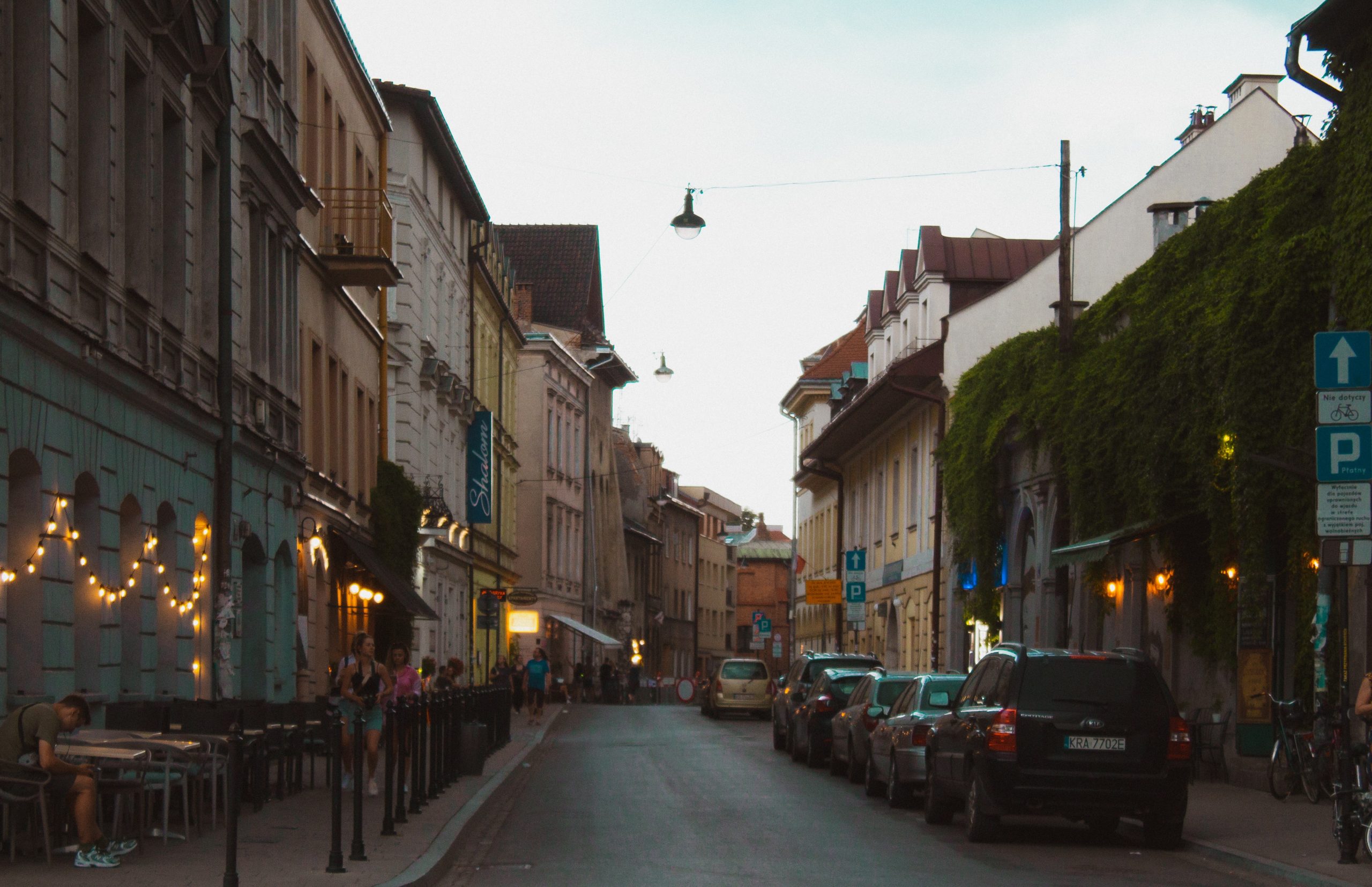
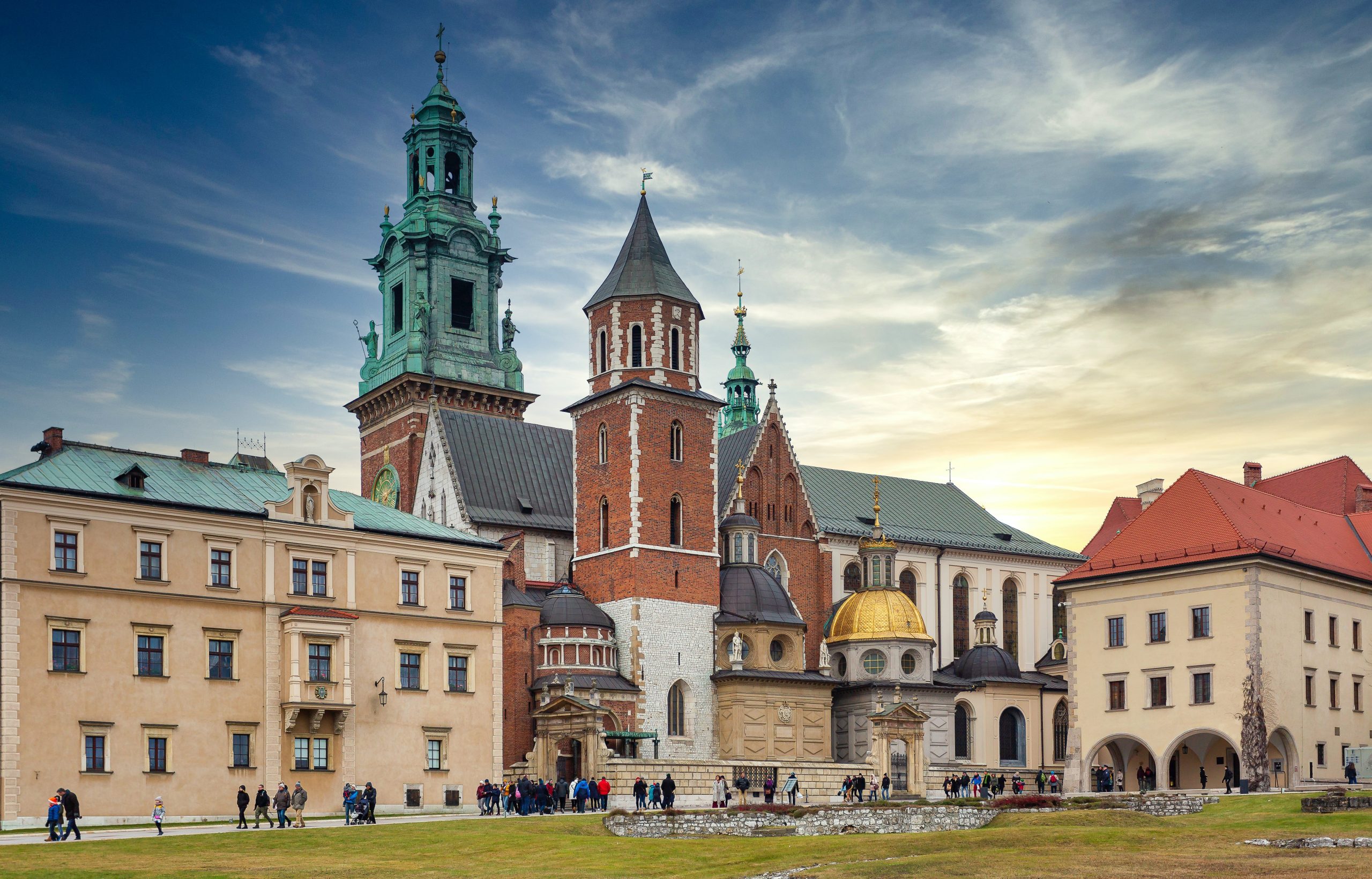
Kazimierz District
Walking around Kraków you might see there is a part of a town a little bit different from the rest of the city. Its the Jewish quarter was founded in the 15th century and used to be a separate city considered a model Jewish community. Rebounded after II World War became one of the major tourist draw and pilgrimage sites for Jews. You can learn about Jewish culture there by visiting places such synagogues and museums but also taste this part of the city in many unique cafes and restaurants.
Planty
This is how the city park in Krakow surrounding the Old Town District is called. The Planty Park was built on the site of the fortifications standing all around the Old Town: defensive walls, moats and enbankments. There are many historic buildings in the park area or in its very close vicinity, such as the Barbican, Florian’s Gate, Juliusz Słowacki Theatre and Wawel.
Warm June days are a great opportunity to go for a walk around the plantations, where you can take a breath of fresh air, enjoy nature and at the same time deepen your knowledge about amazing city of Krakow.
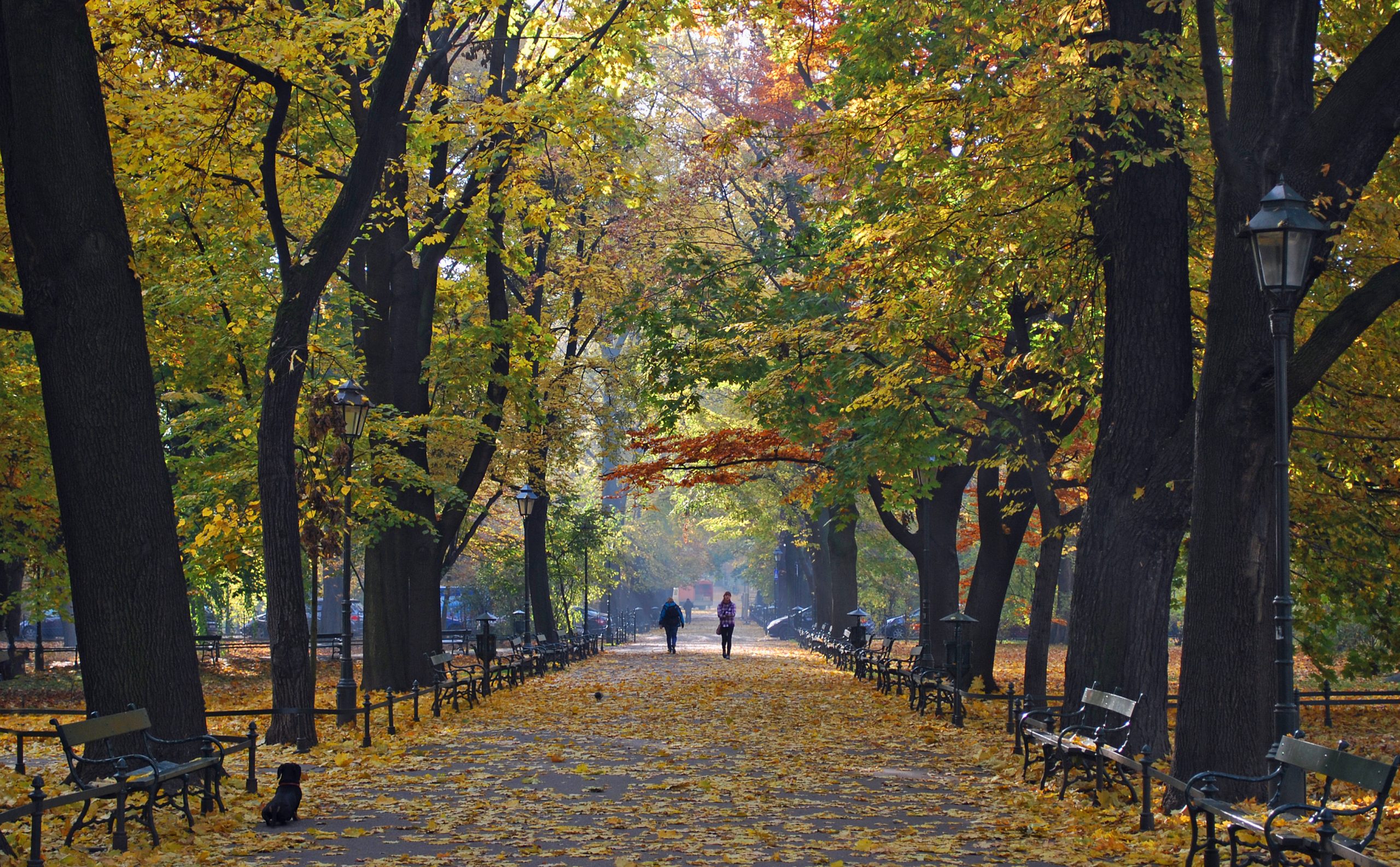
Photo by Zygmunt Put Zetpe0202, CC BY-SA 4.0
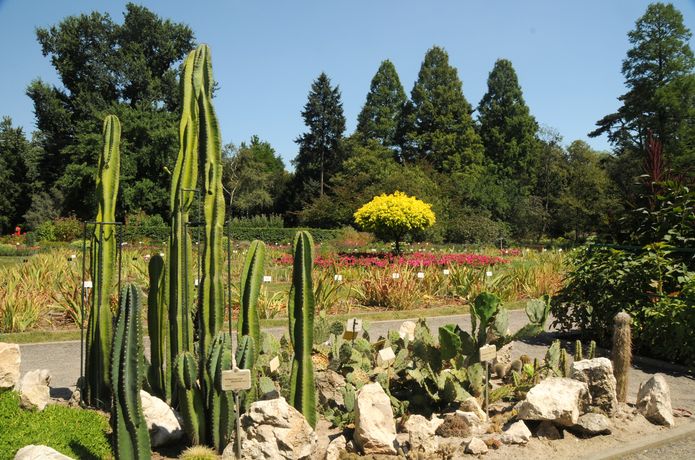
Botanic Garden of the Jagiellonian University
The Botanic Garden of the Jagiellonian University in Krakow, established in 1783, is the oldest botanical garden in Poland. In its 9.6 ha area, there is the Arboretum (the park part of the garden) and three greenhouses with collections of tropical plants: Victoria, Jubileuszowa and Holenderka.
Currently, the Botanic Garden of the Jagiellonian University has about 5,000 species and varieties of plants from all over the world.
Collegium Novum
Collegium Novum is currently the main administrative building of the Jagiellonian University, located in Krakow in the Old Town, near Planty Park. The building was constructed in then prevailing neo-gothic style. The most magnificent room in Collegium Novum is the university hall located on the first floor of the building. Among the furnishings of the hall, one should mention the work of Jan Matejko, “The Copernicus Astronomer”.
Scientific sessions, doctoral promotions and other important events take place here. It is the seat of the rector of the Jagiellonian University – prof. dr hab. Jacek Popiel.
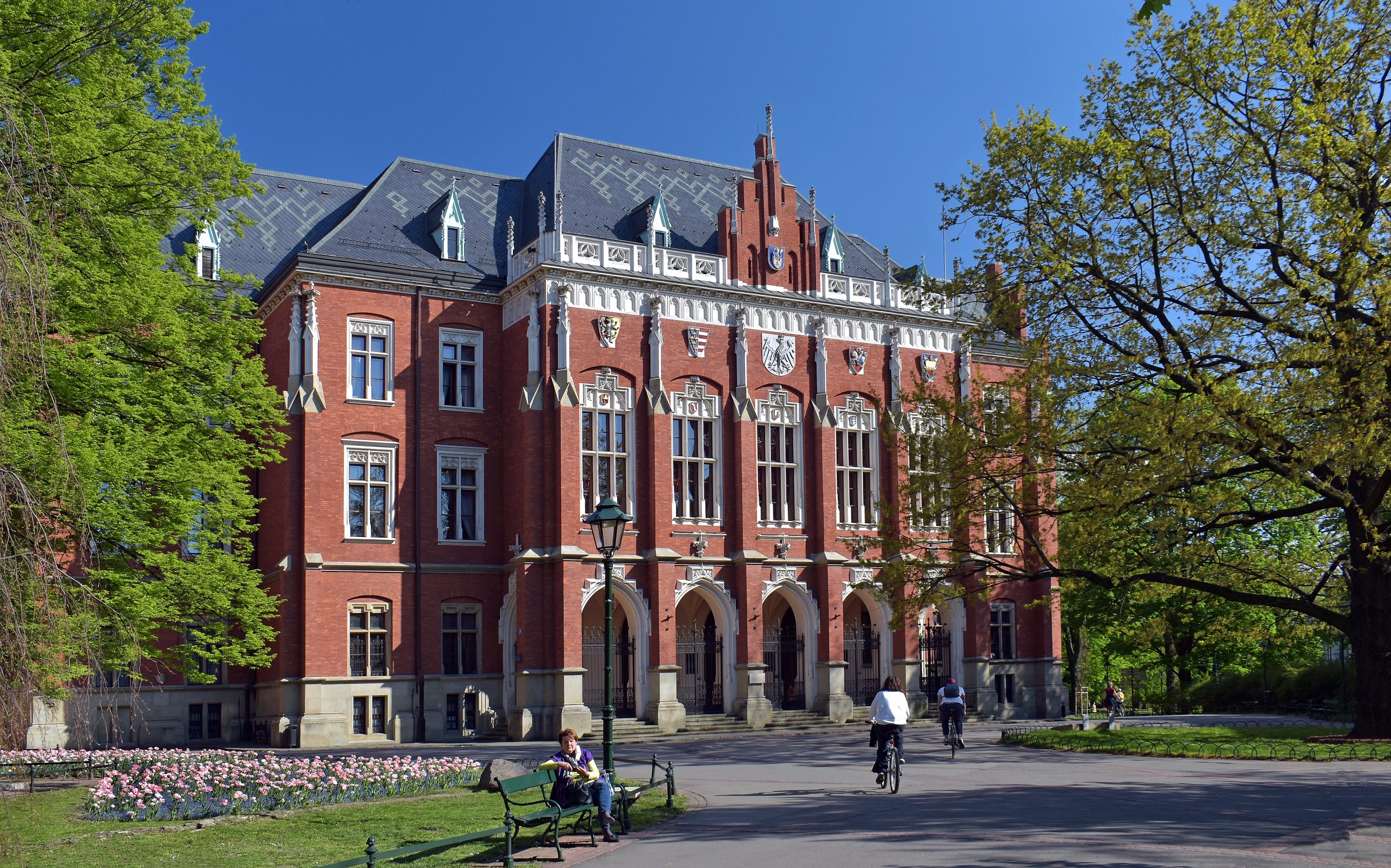
Photo by Zygmunt Put Zetpe0202, CC BY-SA 4.0

Nowodworski Collegium
The current headquarters of the Dean’s Office of Medical Faculty of Jagiellonian University Medical College. The building is located at św. Anny street. Originally it was dedicated for use as the first secular secondary school and was bequeathed by Bartłomiej Nowodworski – one of the most popular Polish philanthropists. The Nowodworski Collegium is architecturally similar to the Collegium Maius which is made in late Gothic current. It is known for its arcaded Baroque courtyard.
